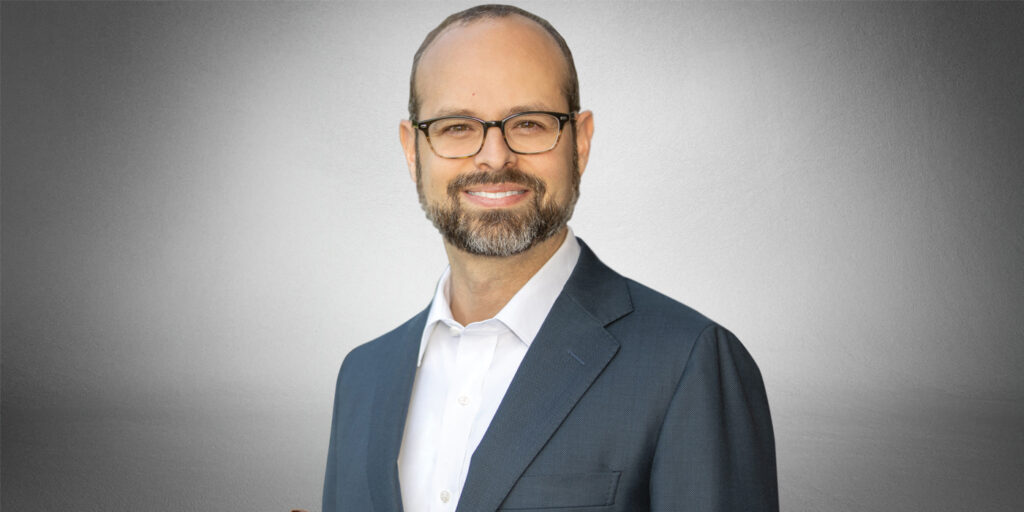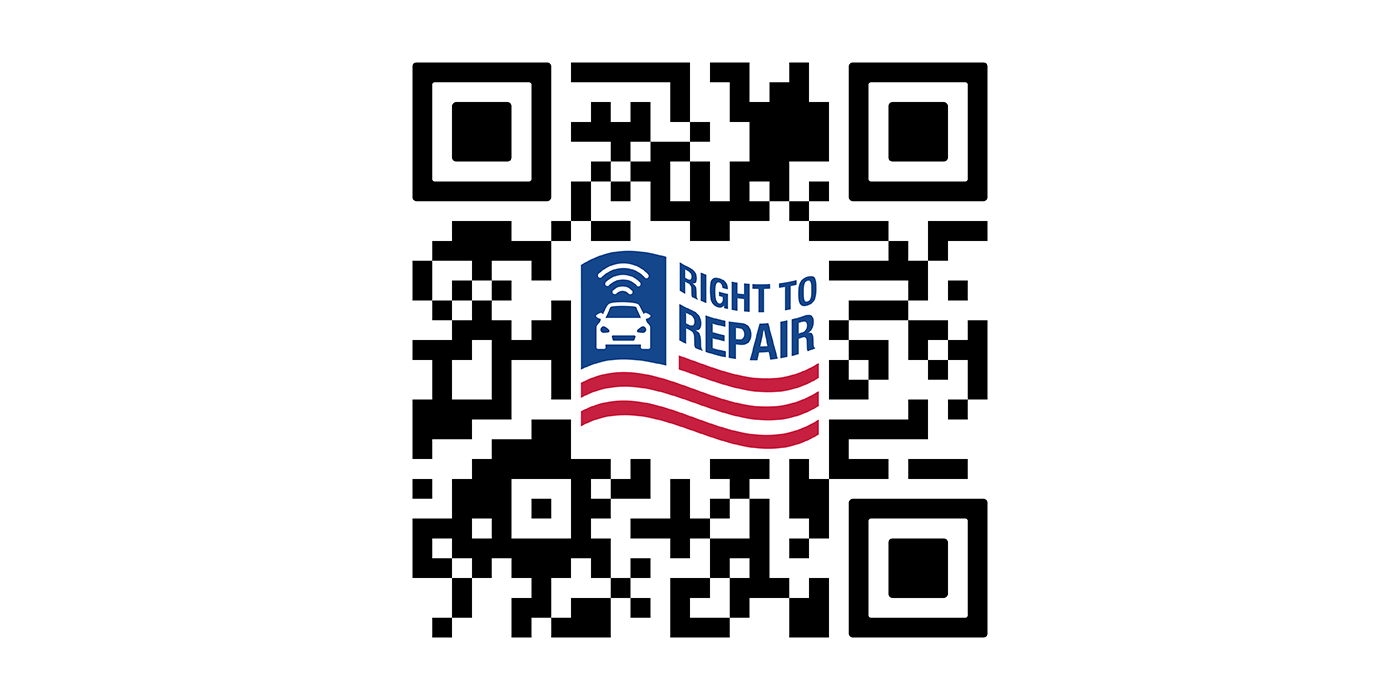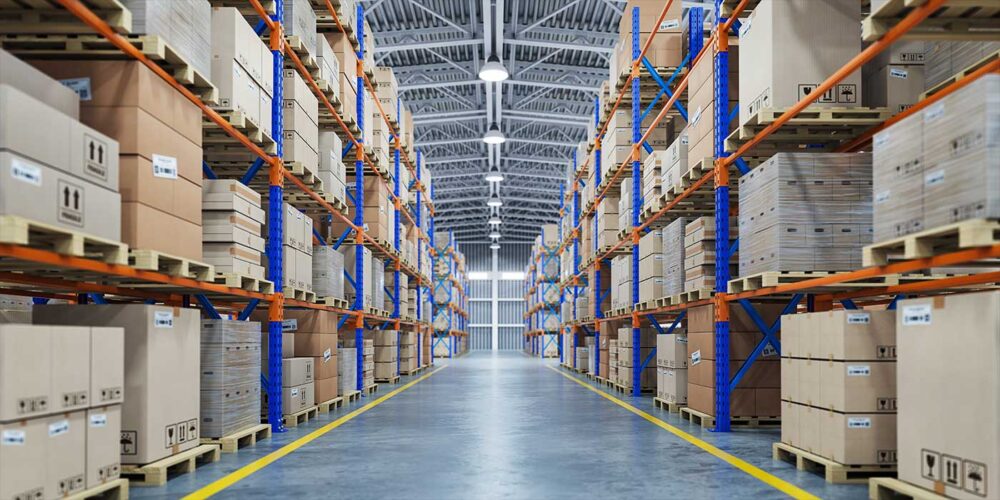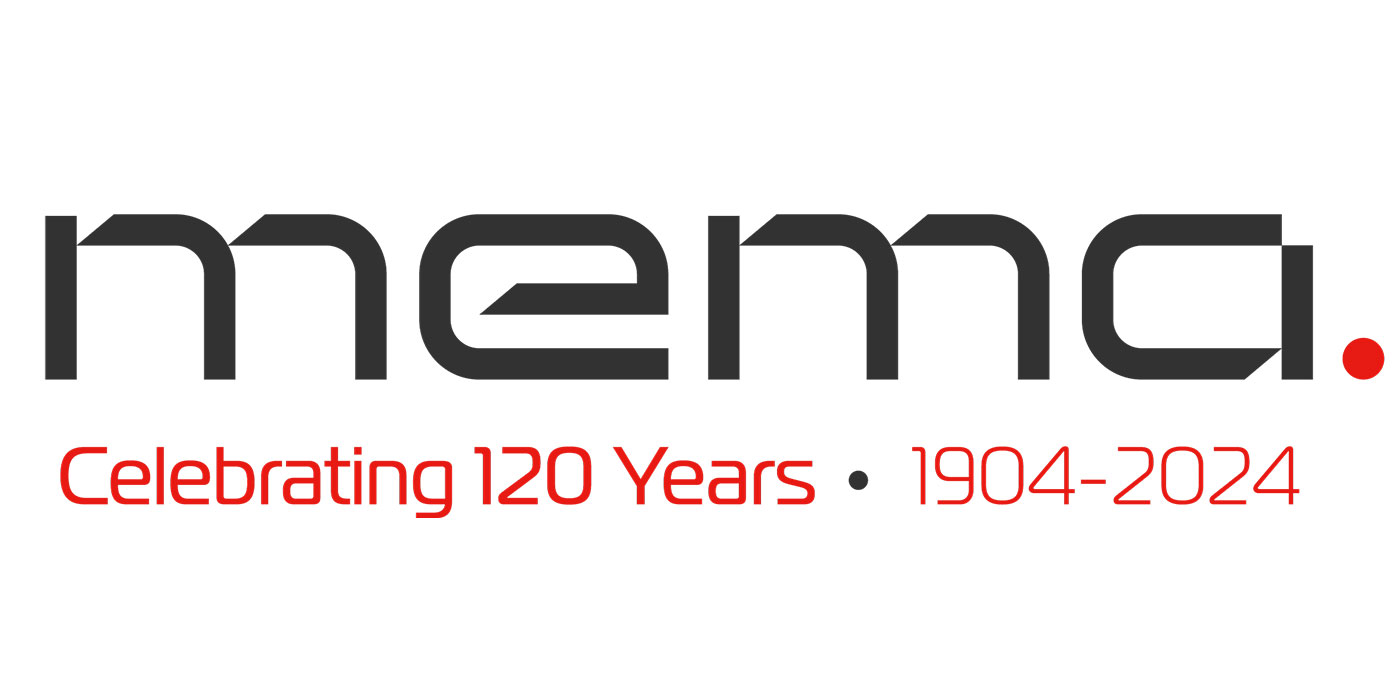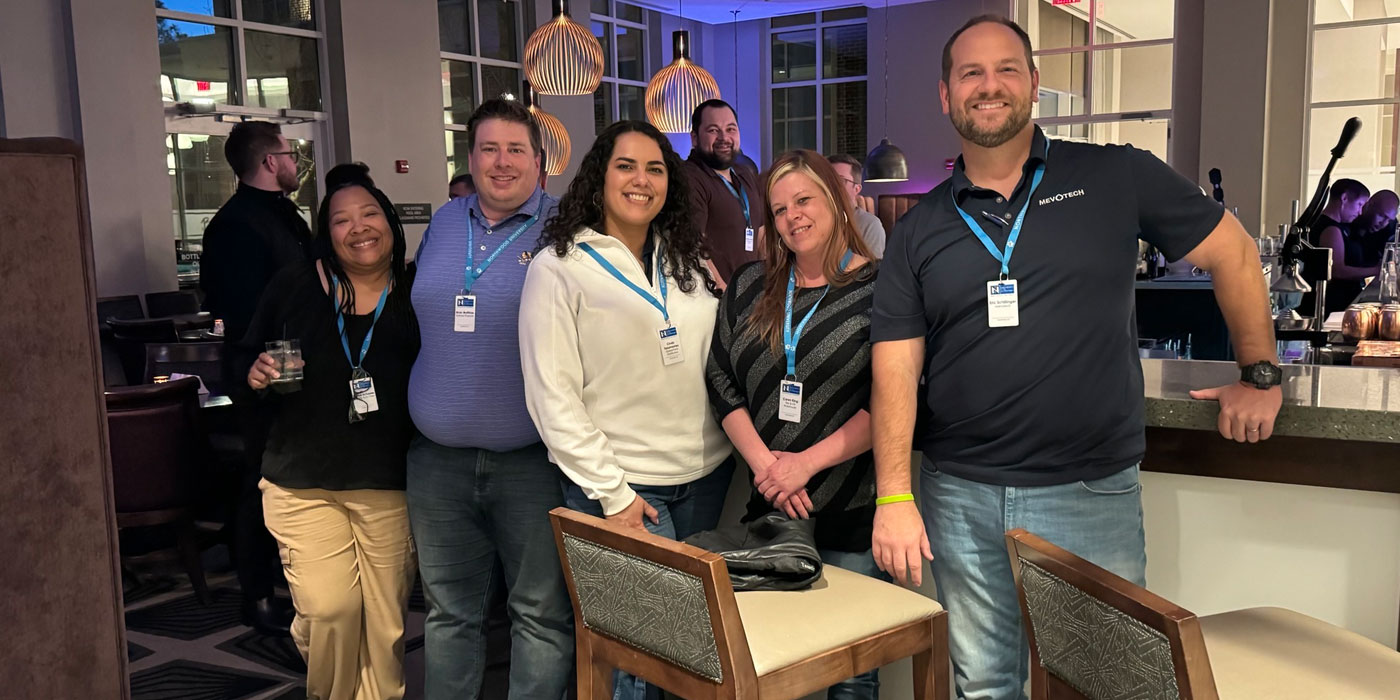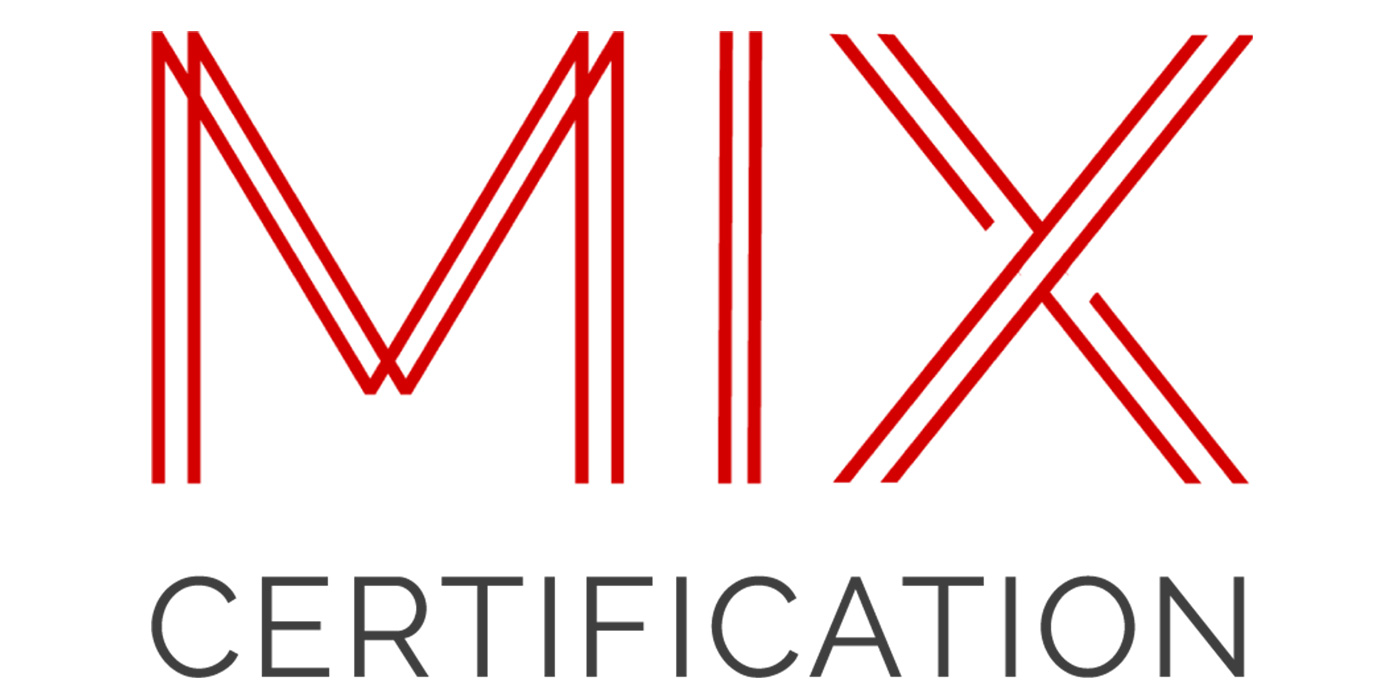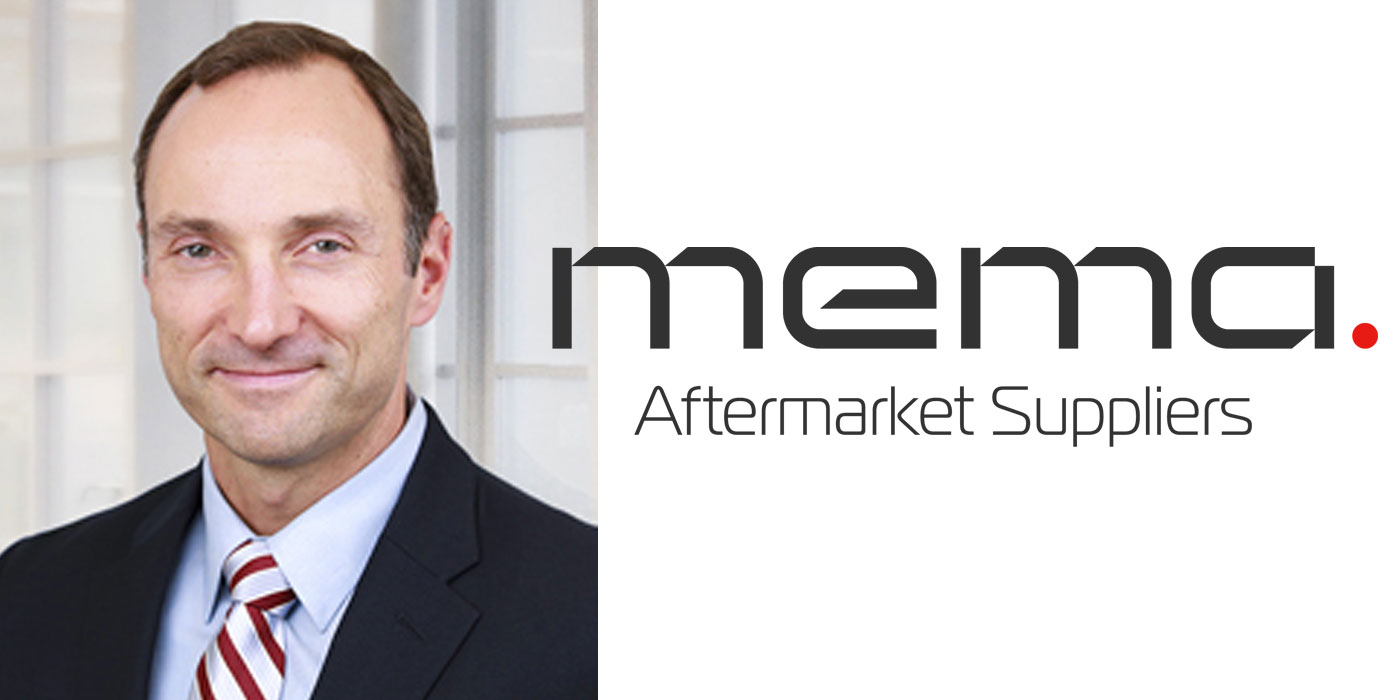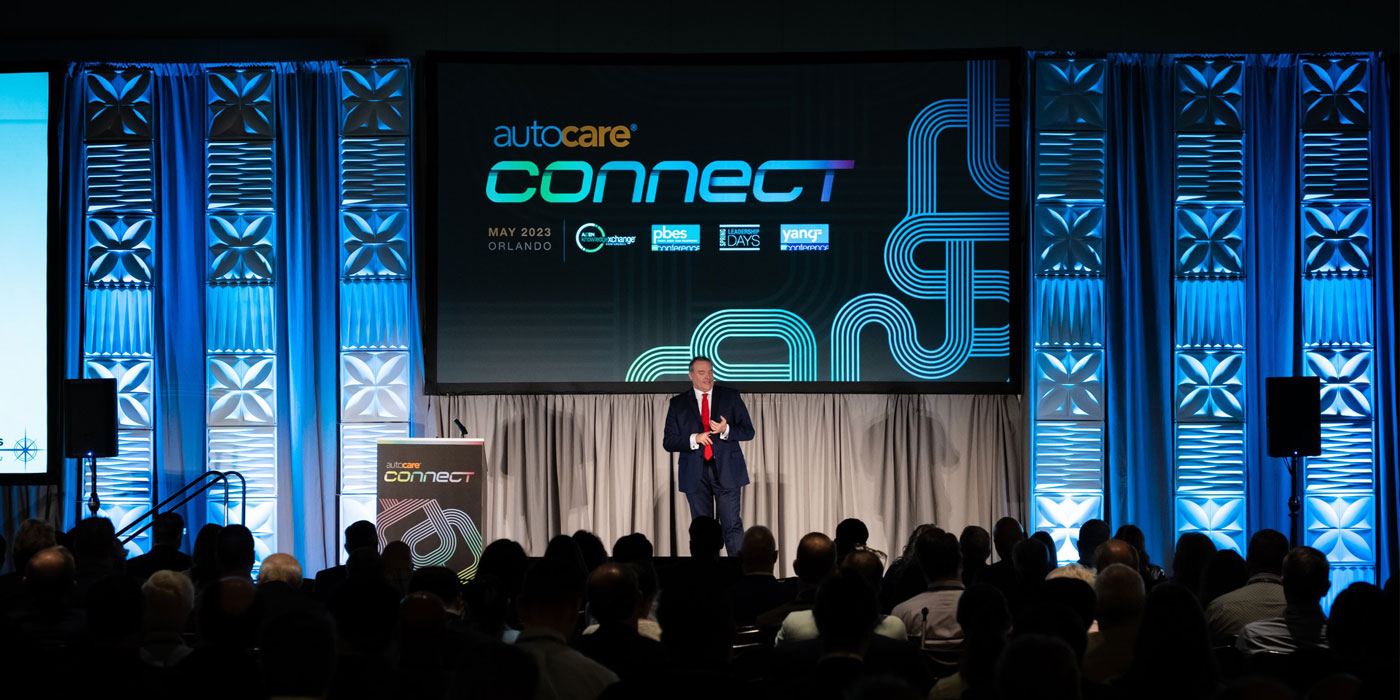For the January 2022 AMN/Counterman cover story, we spoke with a number of distribution, retail and association leaders who shared their outlooks and insights for the aftermarket in 2022. We ask them a few fun “lightning round” questions as well that you won’t want to miss.
In Part 9 of our Industry Insights series, we hear from Paul McCarthy, president and CEO of the Automotive Aftermarket Suppliers Association (AASA).
What are your thoughts about the business environment for the automotive aftermarket in 2022?
Positive. From the demand side, our most recent supplier barometer showed suppliers and our industry to be very positive about the next six months. Demand is of course at record levels, and orders were also strong, showing positivity on this market performance continuing. The current market is a battle for availability, something to be classified in the category of “good problems.”
For the second half of the year, there is cautious optimism, but a few questions. Will inflation take a toll on the ability of consumers to spend? Can the economy and demand continue at this level? There is clearly positivity, but there remains a bit of continuation of what has been the watchword for the last two years: uncertainty.
That said, even when things slow from the current incredibly strong growth, we can’t lose sight of the silver lining: We seem to be leaving the pandemic with a more auto-centric lifestyle than we went into it – and that bodes well for the future of the aftermarket. We’ve seen this shift in consumers’ desire for more space; in booming used-car prices; in Americans rediscovering their love of the automobile in the pandemic DIY boom; and in house prices and settlement patterns in exurbs, smaller cities and the Western states. Coming out of COVID, where most Americans want to live now requires that car, or even a third or fourth car. It requires the aftermarket. Longer-term, we’re optimistic about our industry.
The other “business environment” issue that needs to be mentioned is the supply chain challenge. This is the biggest supply chain disruption we have faced since World War II. Unlike previous supply chain crises, it is not like if we solve for problem “X,” we have fixed the problem. Every part of the supply chain has faced difficulties. This is systemic disruption. There are the port and trucking issues that have captured headlines, as well as shortages, price spikes or allocations in almost everything that goes into our products, from semiconductors to steel to resins to subcomponents to packaging. If that weren’t enough, we are also facing inflation and historic order levels and what may be the biggest challenge, worker shortages. We have almost a million open manufacturing positions in just the U.S., with the same difficulties staffing our distribution facilities, transportation and offices.
Frankly, it has been amazing how well all of us have fulfilled customer demand given these challenges. Despite little to no improvement in inbound goods and manufacturing inputs, our most recent AASA Supplier Barometer showed that fill rates have significantly improved since early in the year. This is thanks, in part, to supplier ingenuity and problem-solving. It is also due to improvements in communication up and down the value chain. Collaboration is showing real results. Though the end is not in sight, improvement is happening.
As advanced driver-assistance systems (ADAS) and other emerging technologies become more prevalent on new vehicles, it will require the brightest minds to service and repair them. How can we better position this challenge as an opportunity for the parts and service segments of the aftermarket?
Glad you mention ADAS. There has been so much focus on electrification that we’ve not paid enough attention to ADAS, the revolution that is just around the corner. As soon as 2024, two-thirds of new vehicles will have some level 1-3 driving automation technology. By 2030, ADAS will be on almost half of the vehicle fleet, a vastly greater penetration than electrification.
ADAS brings a lot of expensive parts. Each of these technologies can break or need calibration or maintenance. This huge increase in vehicle technology bodes well for future aftermarket “tickets.” At this point, this work largely goes to the dealer. And, as volume grows, the aftermarket needs to do what we’ve done with vehicle re-programming – provide easy solutions, including calibration, trusted parts and training – to simply make this part of the repair offering, easily.
We will have a session at the AASA Vision Conference the first week of April where we will share our latest research and thought leadership on the growth rates and aftermarket opportunities for ADAS in the second half of this decade.
ADAS’s growth also highlights the need for Right to Repair, including access to vehicle data, diagnostics and product-integration information and software APIs to ensure a continued competitive market and consumer choice on where – and with what parts – vehicles can be repaired.
LIGHTNING ROUND
What phrase describes your “words to live by?”
Cheating – two from Stephen Covey: “Begin with the end in mind” and
“Think win-win.”
What is your best icebreaker at a networking reception?
How’s the family? (Always nice to hear the answers about people who people love.)
What is your dream car, or favorite vehicle you’ve owned?
Right now, the additional cars I wish I had parked in my driveway migrate between an Icon Derelict based on a ‘53 Studebaker Starliner Coupe, another Miata (convertible, cheap, easy to work on and fun to drive, so always a good bonus car), or maybe a Bronco … all fun to think about …

